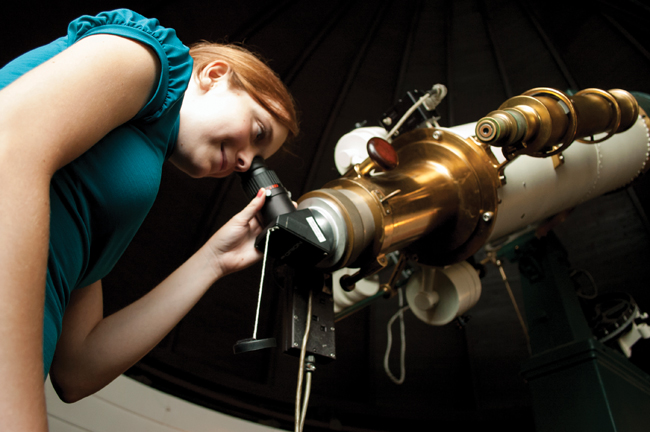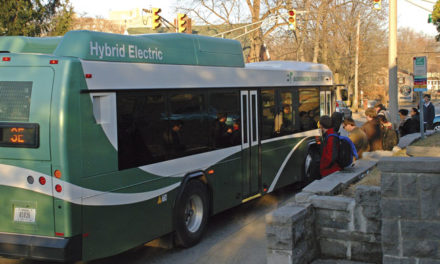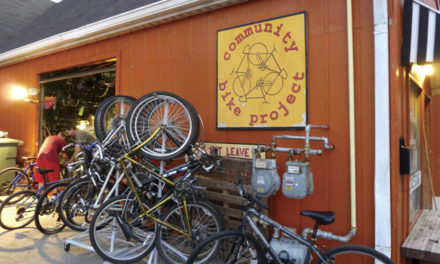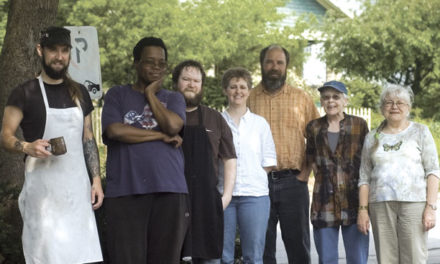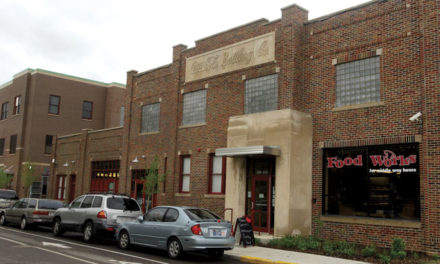BY ADAM KENT-ISAAC
Everything about Indiana University’s Kirkwood Observatory is dramatic. One visits the stone structure in the dark of night after a short walk through the woods just southeast of the Sample Gates. Next, the visitor ascends a narrow staircase and beholds the colossal telescope, 14 feet long and thick as a tree trunk, peering up through a slit in a massive wooden dome.
Then, suddenly, with a creaking, groaning rumble, the dome begins to rotate as the telescope is maneuvered into place. First-time visitors have been known to jump, says Michael Young, the telescope operator and astronomy doctoral student. With huge brass rings and multiple gears, the telescope looks like a steampunk contraption. And with good reason: It was built in 1900.
The apparatus, of the refracting type (using lenses rather than mirrors), was crafted by the Cleveland firm of Warner & Swasey. Though the technology is no longer state of the art, the telescope still offers views of every planet in the solar system, as well as other celestial phenomena.
Young points out a round cluster of light among the stars, the Ring Nebula—the expanding gas of a dying star. “It’s thousands of light years away from us,” he says, meaning that the event as seen by observers today actually took place long ago, and the light is just now reaching human eyes.
As concepts like this may seem confusing, knowledgeable staff are always on hand to answer questions. The recent landing of NASA’s “Curiosity” Mars rover is likely to generate increased interest in space, and the observatory offers an opportunity to learn in a hands-on, social atmosphere.
The Kirkwood Observatory is open to the public every Wednesday evening until November 14. (Hours vary upon weather conditions.) Private groups, including schools, can also arrange tours.
Note: The observatory is not named for its proximity to Kirkwood Avenue. It was, in fact, named for local astronomer and mathematics professor Daniel Kirkwood (1814-1895), who also happened to lend his name to the street.


